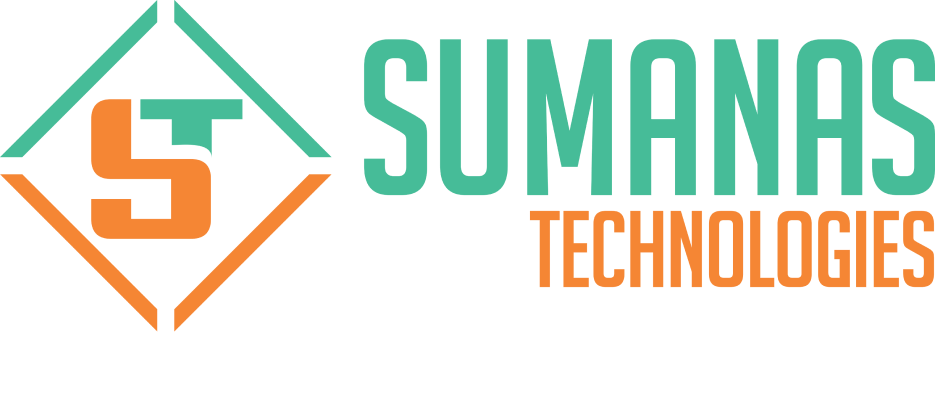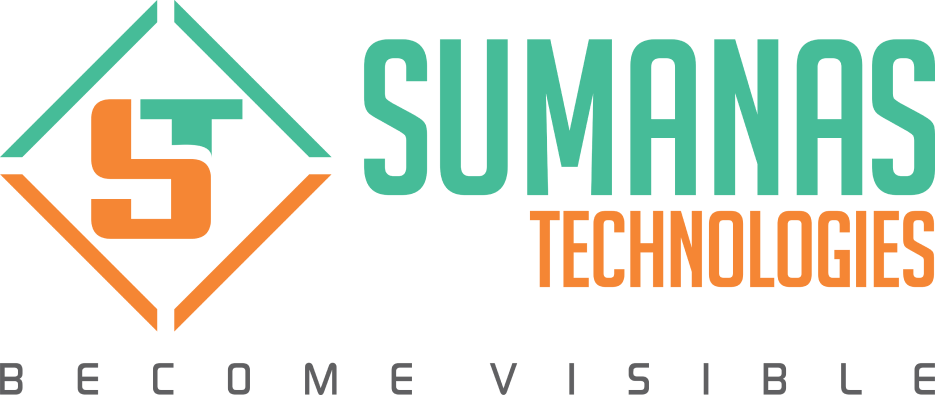Do we really need a programming language to emerge newly? We have enough of everything to work on! In between the imperative languages, functional languages, object-oriented languages, dynamic languages, compiled languages, interpreted languages, and scripting languages, no developer could ever learn all of the options available today.
We can organize the popular languages into tiers based on the popularity. Top tier programming languages include JavaScript, Java, Python, Ruby, PHP, C#, C++, etc. On the other hand, second-tier languages such as Scala, Go, Swift, Clojure, and Haskell are waiting to emerge.
Go and Swift languages both have a good possibility of moving from the second tier to the first over the next two to three years probably.
Most of the languages in the top tier are well-established. It just takes a while for a programming language to fall out of the top tier, and it’s very hard for a second-tier language to break into the top tier.
In this article, we have suggested the languages which fall in the third tier and waiting to emerge.
- Elm

Elm is becoming more popular within the JavaScript community particularly to those who prefer Functional Programming. It is a usability-focused functional programming language that compiles to high-performance JavaScript. Elm’s primary benefits compared to JavaScript includes reliability, performance, maintainability and programming delight.
Additional features are:
- No Runtime Exceptions
Elm code has a reputation that it never throwbacks any runtime exceptions.
- Helpful Compiler
Elm is highly admired for its user-friendly compiler which gives the most helpful error messages while compiling.
- Fast and Functional
It is a purely functional programming language with no variations. This guarantee makes the Elm code scale nicely and also helps in rendering UI’s.
- Rust

The next comes Rust, a system programming language. It primarily has three design goals such as:
- Security
Rust takes best practices from modern C++ like RAII and smart pointers which systematically ensures that pure Rust code is memory-safe.
- Speed
Most of the languages take more time to run than C language since they provide abstractions that make software development easier but with a substantial runtime overhead. But Rust focuses on ‘Zero Cost Abstractions’ which in turn boosts up the speed.
- Concurrency
Rust tries to alleviate fragile and error-prone issues by providing type-level guarantees for what kinds of values can be shared between threads and where.
- Kotlin
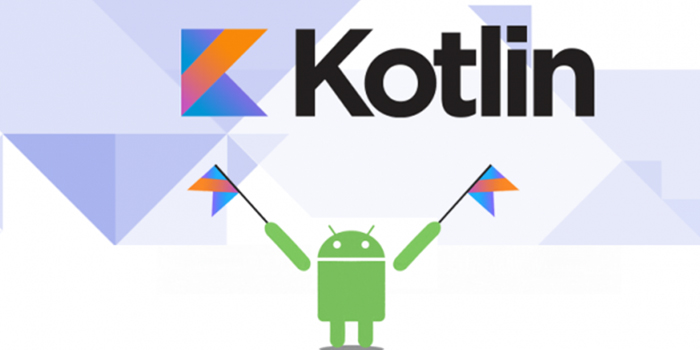
Kotin stands to be a statistically typed language which targets JVM (Java Virtual Machine) and JavaScript. It is developed is from a team of JetBrains programmers based in Saint Petersburg, Russia. Kotlin is an object-oriented and functional language.
Kotlin has the following characteristics such as:
- Versatile
One should create a language which is adaptable to all kinds of platforms such as mobiles, desktops, laptops, or the server side.
- Conciseness
Kotlin precise the lines of code which are necessary to express certain constructs.
- Interoperability
Kotlin permits the language to interoperate with existing Java codebases, libraries, and frameworks, allowing for gradual adoption and leveraging existing investments.
- Crystal

Crystal is a high-level, statically typed, compiled, fully object-oriented programming language with advanced type inference and garbage collection.
Design goals of Crystal include:
- Crystal has a syntax similar to Ruby.
- It compiles to efficient native code.
- Crystal is statistically typed out language without the need to specify the type of variables or method arguments.
Crystal has unique features such as:
- Macros
It uses Macros to avoid typical codes and gaining metaprogramming abilities. Macros are quite powerful and are evaluated at compile time, meaning they have no performance penalty.
- Expressiveness
Thanks to Ruby, Crystal is really attractive and easy to understand. It is also easy for newcomers to learn and pays off in the long run with less maintenance.
- Elixir
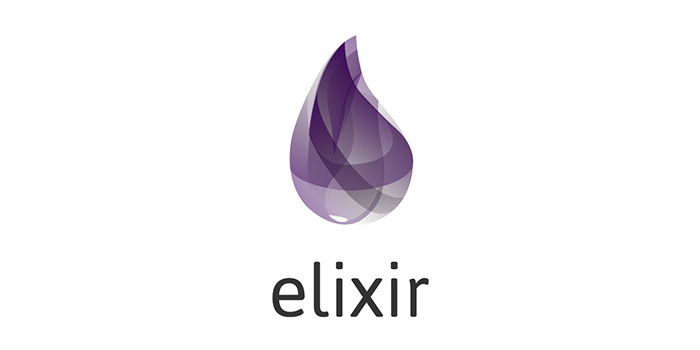
Elixir was introduced in the year 2012, which is a general purpose functionality language mainly designed to achieve scalability, productivity, and maintainability. While the language is relatively new, it converts into bytecodes by running on ERLANG. Erlang Virtual Machine has been ruling the industry for past 25 years, providing massive, high-availability, and low-latency systems.
Currently, Elixir is used in building the web application using Cowboy or Phoenix.
Elixir Goals include:
- Highly Concurrent and Stable
The Language is designed in such a way that it is highly concurrent and stable which also tackles the problems of the users.
- Friendly Functional Programming
It has a powerful, clear and approachable syntax.
- Dart
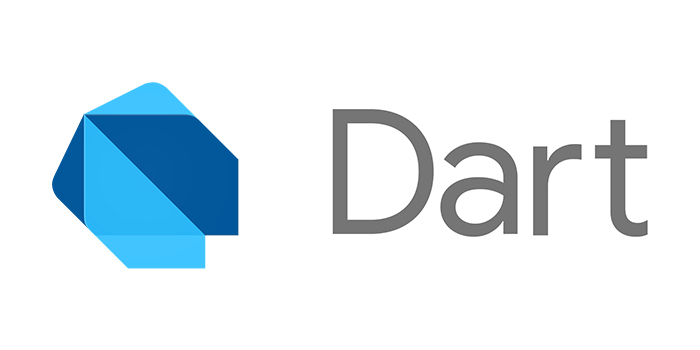
Similar to JavaScript, Dart also contains syntax and keywords for the code. It’s designed to run on either the client or the server, but the only way to run client-side Dart code so far is to cross-compile it to JavaScript.
Here are some reasons why we should use Dart:
- Easy to Learn
Dart supports both loose and strong typing, making it much easier to use when moving from a different language.
- Productive
One can easily and quickly create a layout and add functionality to an app. The layout is all created in the code itself, creating a series of “widgets”. All because Dart is productive.
- Ceylon

Being an Object-oriented and statistically typed language, Ceylon aims in achieving scalability and performance. It was created by Red Hat and runs on Java Virtual Machine. Added, it can also be compiled to JavaScript.
Here are fa ew reasons why one should choose Ceylon language
- Clean and Efficient Syntax
Ceylon language comes up with good and approachable syntax in which one may get efficient code.
- There will be no Ceylon virtual machine
The Ceylon compiler will output the Java bytecode which runs on the JVM.
- Seamless Web Development
Ceylon is evolving into the platform for web development, allowing one to reuse code written for a Java server on the JavaScript client and vice-versa, while still interoperating with native code on both sides.
- Opa

Opa is designed with an aim of proposing a new paradigm for Web Development. Opa application includes the client-side UI, server-side logic, and database I/O are all implemented in a single language, Opa.
Its features include the following:
- Productivity
- High Performance
- Usability
- User-Friendly
Conclusion
If you use these Languages, there is an assurance that, you can have productivity without sacrificing performance (or vice versa), a claim not easily made by many other languages.
Have queries? Never hesitate to reach us through comments section anytime!
Recent Posts




Blogs
Related Posts

LET’S HAVE A TALK ABOUT our Products.
Need More Information or Want to Get in Touch?
Lorem ipsum dolor sit amet, consectetur adipiscing elit. Proin id nisl ac arcu aliquet aliquet. Praesent laoreet rhoncus elit, rutrum feugiat metus tempora.
Enquire Now

